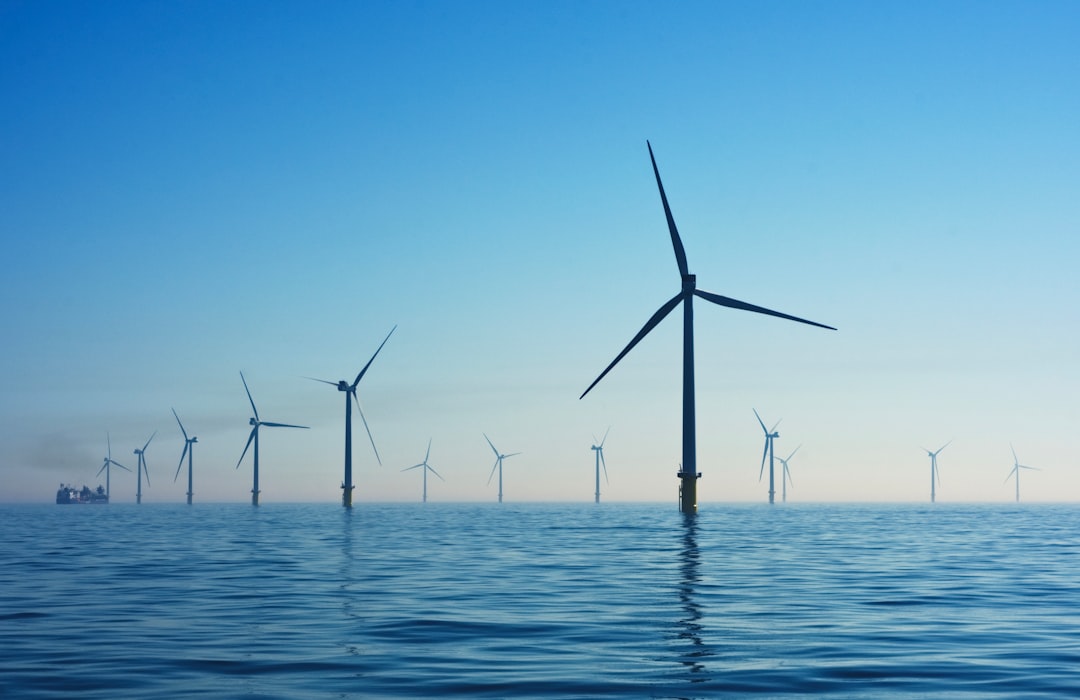What is it about?
Mixing and combustion processes in scramjet engines involve complicated aerothermochemical features such as interactions between shock-waves and boundary-layer, shock induced-combustion and recirculation zones. In this study, a numerical solver is developed and validated to be an efficient future design tool capable of simulating these complicated flow features of supersonic combustors. The flow is solved based on the Reynolds averaged Navier-Stokes (RANS) equations, beside a chemical kinetics model for the computation of the reactions finite rates. Finite-volume scheme is used where the convective fluxes are discretised by Roe's scheme using MUSCL approach. And, the diffusive fluxes are centrally discretised. Point-implicit Runge-Kutta method is applied for time integration. For the code validation, several test cases are to monitor the code ability to solve for the different diffusive and turbulent fluxes, and the chemical source term. In addition, the code is validated by resolving the transverse sonic injection into supersonic air flow in case of helium injection from a flat plate, and the case of hydrogen injection in single-strut scramjet engine. The effect of this injection technique in mixing and flame-holding is demonstrated. The results show good agreement with the previous numerical and experimental investigations. And, the numerical simulator proves its accuracy and robustness.
Featured Image
Read the Original
This page is a summary of: Numerical simulation and validation of high-speed turbulent and chemically-reacting flows, International Journal of Engineering Systems Modelling and Simulation, January 2015, Inderscience Publishers,
DOI: 10.1504/ijesms.2015.068645.
You can read the full text:
Contributors
The following have contributed to this page










